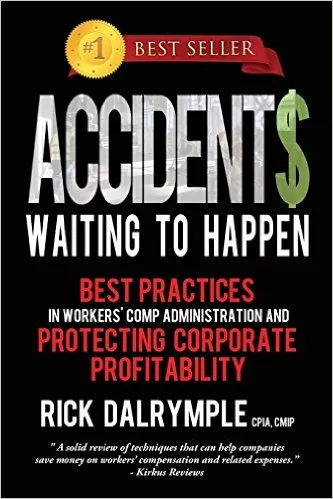Workforce Compression
New Executive Orders Will Further Squeeze Labor Force
President Trump signed three orders this week that may further constrict an already tight construction labor market

President Trump signed several executive orders on April 28, juicing his crackdown on migrants, including an order requiring English proficiency for commercial drivers.
— Image courtesy of CNN
President Donald Trump intensified his immigration crackdown Monday by signing three executive orders targeting sanctuary cities, expanding law enforcement protections, and requiring English proficiency for commercial drivers.
The orders direct the attorney general to publish lists of jurisdictions that do not comply with federal immigration laws, authorize the deployment of National Guard units to the southern border, and mandate that commercial truck drivers demonstrate “sufficient” English skills.
As first reported by Axios, construction firms nationwide — including roofing contractors that heavily rely on immigrant labor — are raising concerns about the potential impact on their workforce.
The Associated Builders and Contractors estimates that the industry will need to attract approximately 439,000 new workers in 2025 to meet demand, noting that immigrants currently account for around 26% of the construction workforce.
The U.S. Chamber of Commerce and other business groups have quietly lobbied the White House to soften its immigration stance, warning that aggressive enforcement by Immigration and Customs Enforcement (ICE) is “destabilizing crews, delaying projects and driving up labor costs,” according to Axios.
RELATED
Reporting Finds Roofing Employs 75,000 Undocumented Workers
Economists caution that strict enforcement could exacerbate existing labor shortages, lead to higher wages, and contribute to inflation.
A Reuters analysis found that deporting up to 1 million undocumented workers over the next two years could tighten labor markets and trigger stagflation — a combination of rising prices and slowed economic growth.
Bloomberg economist Adam Posen echoed these concerns, warning that a major deportation campaign poses “a stagflationary threat,” particularly in manufacturing-dependent regions. Oxford Economics projects that reducing net migration from 1.2 million to 560,000 by 2027 would lower potential GDP growth by 0.2 percentage points and increase inflation.
What is Stagflation?
Stagflation occurs when a country encounters a troubling combination of stagnant economic growth, high unemployment and high inflation — simultaneously. This contradicts the typical logic that inflation increases during economic booms rather than downturns.
The most notable case of stagflation in the United States occurred in the 1970s, following an oil embargo by OPEC, which sent energy prices soaring. As a result, the U.S. economy slowed, joblessness rose and inflation surged.
Traditional economic tools failed to fix the issue until the early 1980s, when the Federal Reserve’s sharp interest rate hikes finally broke inflation; the cure was nearly worse than the disease.
For those alive at the time, they will recall mortgage rates exceeding 16%, triggering a deep recession and a stark reminder that fixing complex problems can come with painful remedies.
According to the Center for American Progress, immigrants make up roughly 25% of the construction workforce, with about 10% undocumented.
For roofing contractors, that translates to as many as 75,600 workers potentially at risk of detention or deportation.
Already facing material shortages and supply chain delays, many roofing firms report extended project timelines and higher bids due to a shrinking labor pool.
Industry analysts recommend that contractors intensify recruitment efforts, invest in training programs for domestic workers, and partner with staffing agencies to bridge skill gaps and stabilize operations.
Looking for a reprint of this article?
From high-res PDFs to custom plaques, order your copy today!








